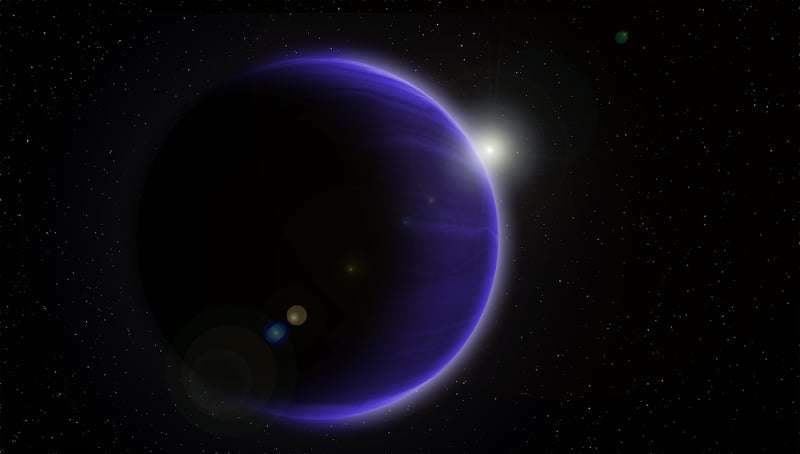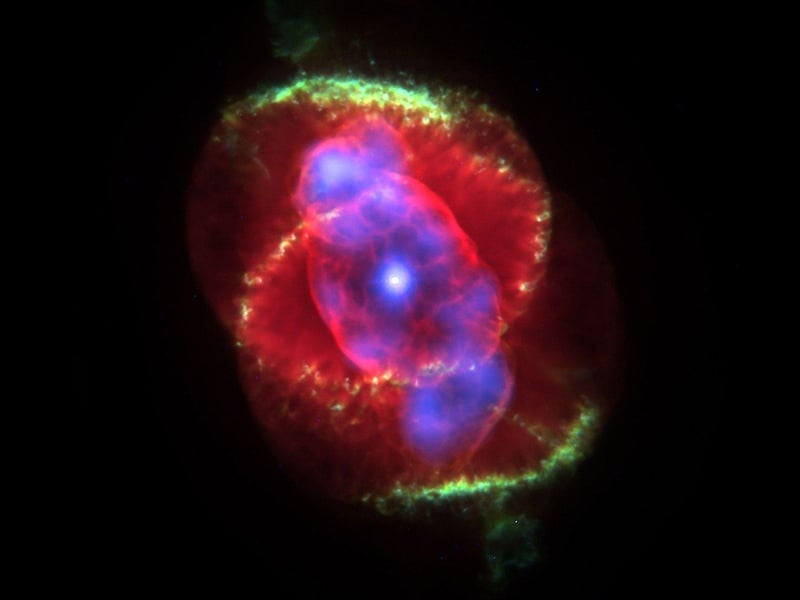Planetary Habitability
Exploring the Possibility of Life Beyond Earth

As humans, we have always been fascinated by the idea of life beyond our own planet. The vastness of the universe and the countless galaxies it holds have led scientists and enthusiasts alike to ponder the possibility of extraterrestrial life.
What is Planetary Habitability?
Planetary habitability is the measure of a planet's or a celestial body's potential to sustain life. Several factors come into play when determining the habitability of a planet, including:
- Presence of liquid water
- Distance from its host star
- Atmospheric conditions
- Presence of organic molecules
Exoplanets and Their Potential for Life
Exoplanets, planets that orbit stars outside our solar system, have been a focal point in the search for extraterrestrial life. Scientists have discovered numerous exoplanets with characteristics that could support life as we know it.

Some exoplanets are located within the "habitable zone" of their star, where conditions might be right for liquid water to exist on the planet's surface. This is a crucial factor in determining the potential habitability of a planet.
The Search for Life
Various space missions and telescopes, such as the Hubble Space Telescope and the James Webb Space Telescope, are dedicated to studying exoplanets and searching for signs of life beyond Earth. Scientists analyze the atmospheres of these distant worlds for biomarkers that could indicate the presence of life.
While we have not yet found definitive proof of extraterrestrial life, the search continues, driven by humanity's curiosity and the desire to unravel the mysteries of the cosmos.
So, as we gaze up at the night sky and ponder the vastness of space, let us remain hopeful that one day we may discover life beyond our own pale blue dot.
